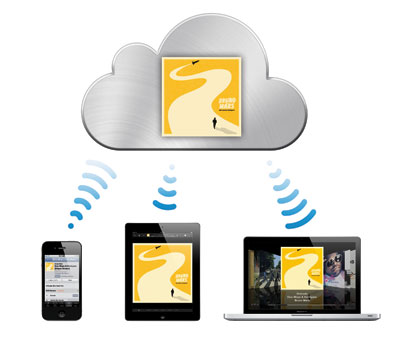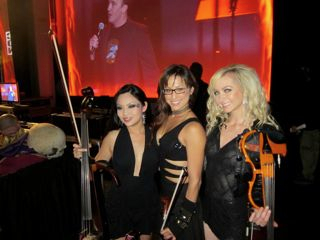 “It all just works,” says Apple CEO Steve Jobs.
“It all just works,” says Apple CEO Steve Jobs.
“All” in this case means access anywhere, anytime on any Apple-enabled device (iPhone, iPad, Mac, iPod, iTouch, Apple TV…) to all of your music. And all of your photos. And all of your basic application documents (Pages word-processing docs, Numbers spreadsheets).
The bold promise is that your iTunes music will simply appear on all your devices, and you won’t even have to think about it. And with Apple these days, there no reason to doubt Jobs when he claims it will just work.
It’s no surprise that Jobs announced iCloud at the Worldwide Developers’ Conference (WWDC) in San Francisco on June 6th. What is at least a little surprising is the scope of the announcement, the bells and whistles that will set iCloud apart from competing services offered by Amazon and Google.
One of the key capabilities of iCloud that I wasn’t expecting to see is Match technology. iCloud isn’t just for your iTunes purchased music. The Match feature will also scan your entire library of music (including tracks ripped from CDs etc) and provide you with 256 kbps AAC audio files stored in the cloud… and available on all your devices, just like the music you’ve bought.
Match is something like Amazon’s Cloud Drive, but it sounds much more usable and convenient, since it avoids the tedious process of uploading songs from your computer to the cloud, (typically much slower than downloading, with most ISPs). Better still, you get instant access to a high-quality audio file, regardless of the encoding specs of the existing file on your computer.
The music you buy from iTunes is stored in the cloud for free, and you get 5GB of paid storage space for other content (other audio tracks, files, photos, video, contacts, calendars and more), for $25 per year (half the price of rival cloud services).
Another interesting aspect of iCloud is that it will supercede the Mobile.me cloud platform. If you’re a Mobile.me user, you’ll be delighted to get way more features and capabilities from iCloud, at a much lower cost (iCloud’s $25 annual fee, vs Mobile.me’s $100-plus).
Let’s give Steve Jobs the final word: “iCloud keeps your important information and content up to date across all your devices. All of this happens automatically and wirelessly, and because it’s integrated into our apps you don’t even need to think about it—it all just works.”
I’m loving it 🙂



